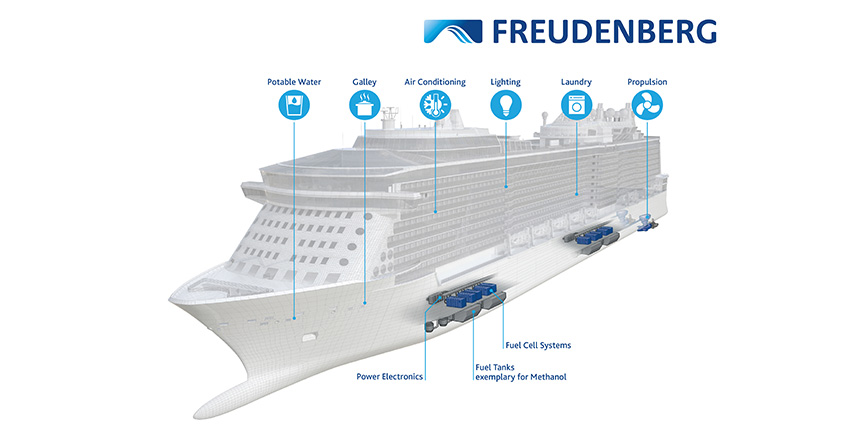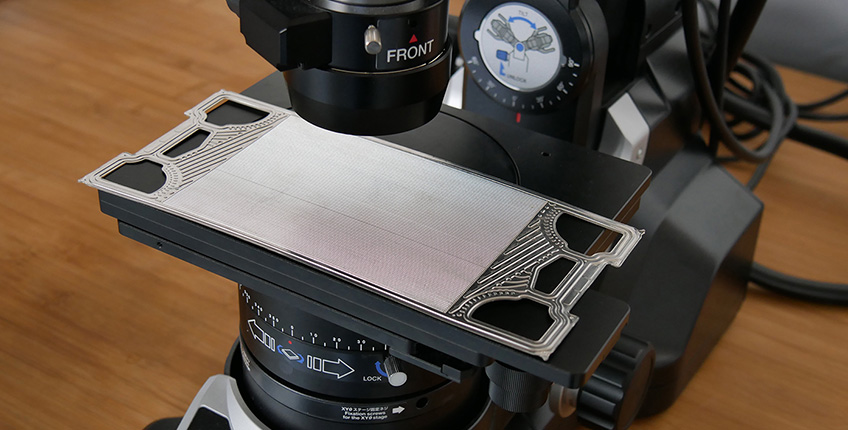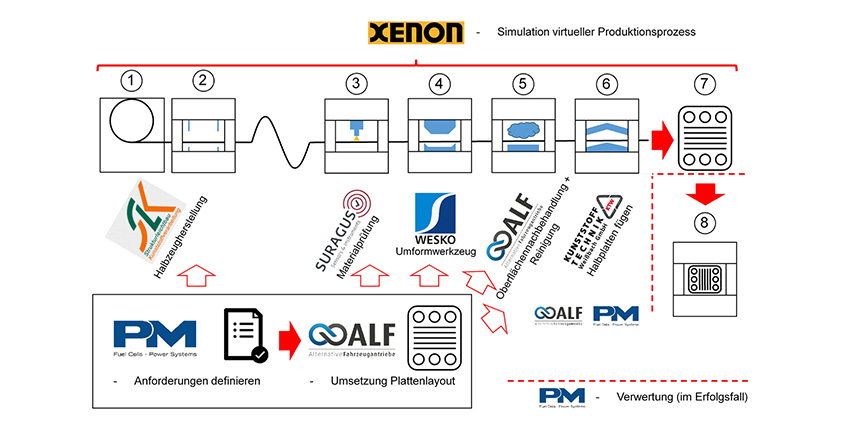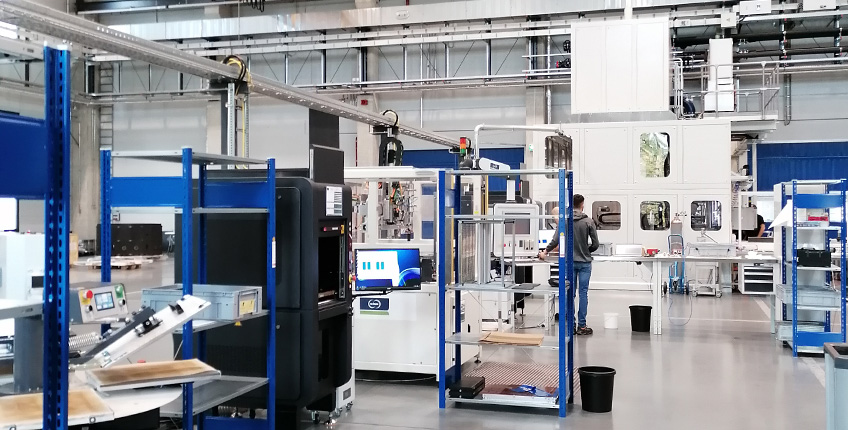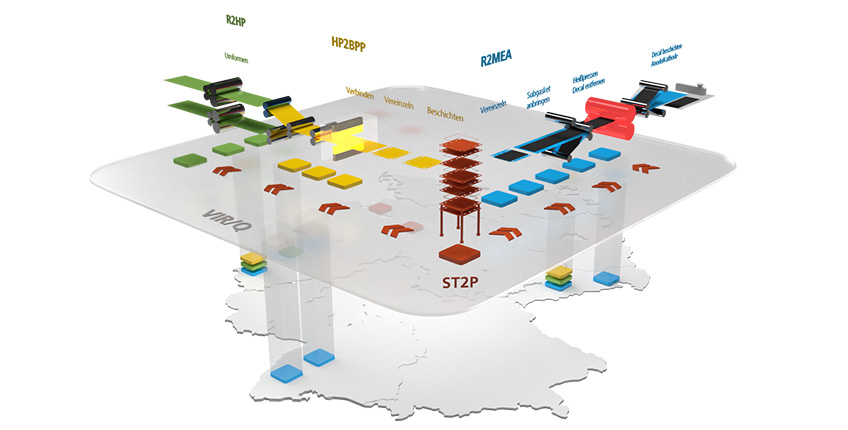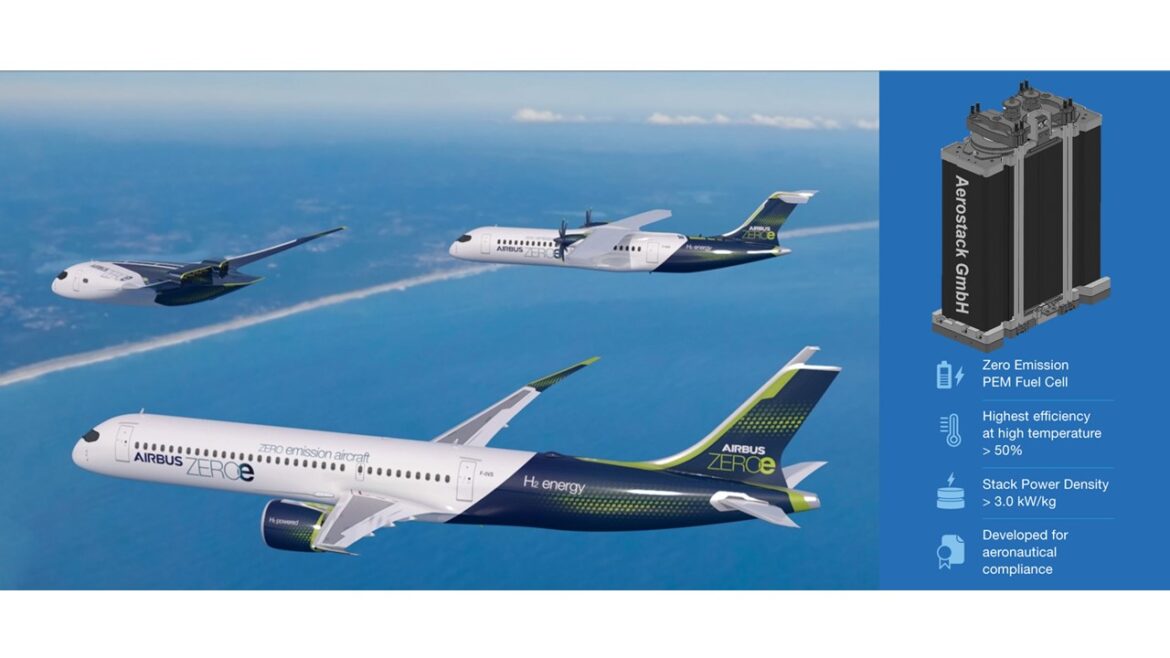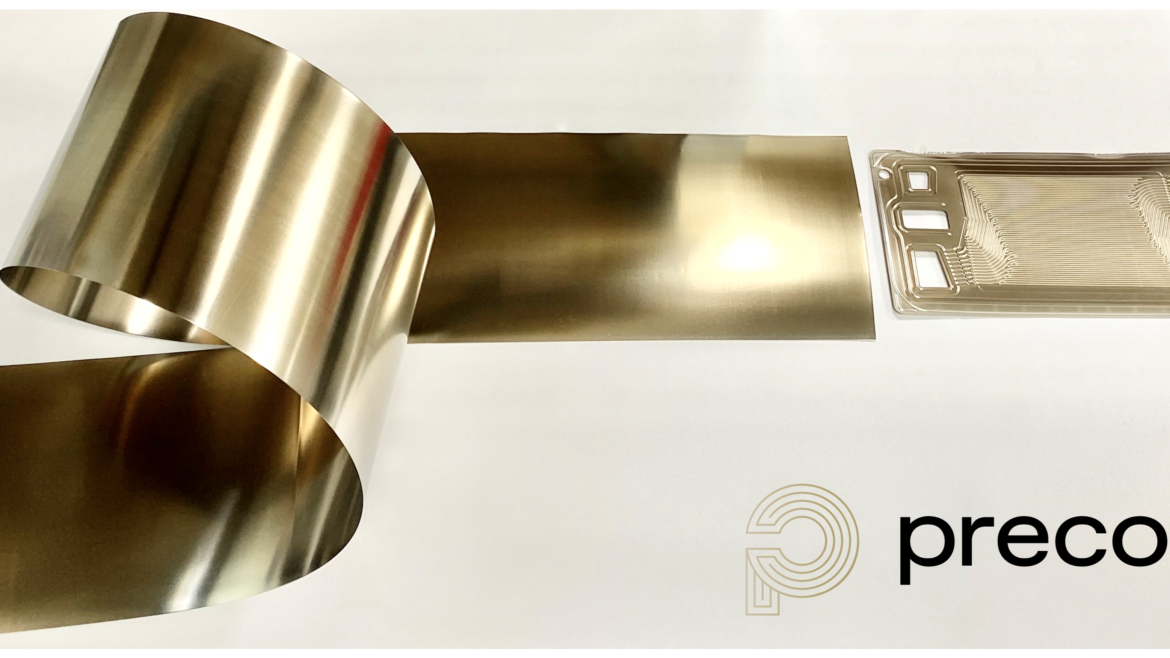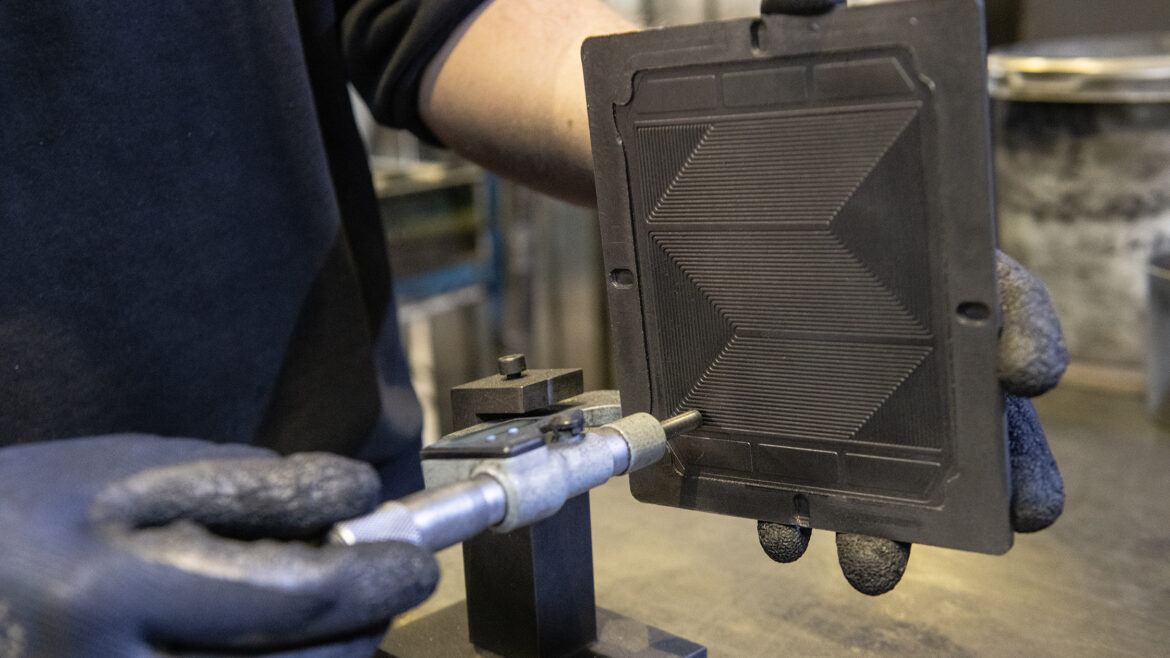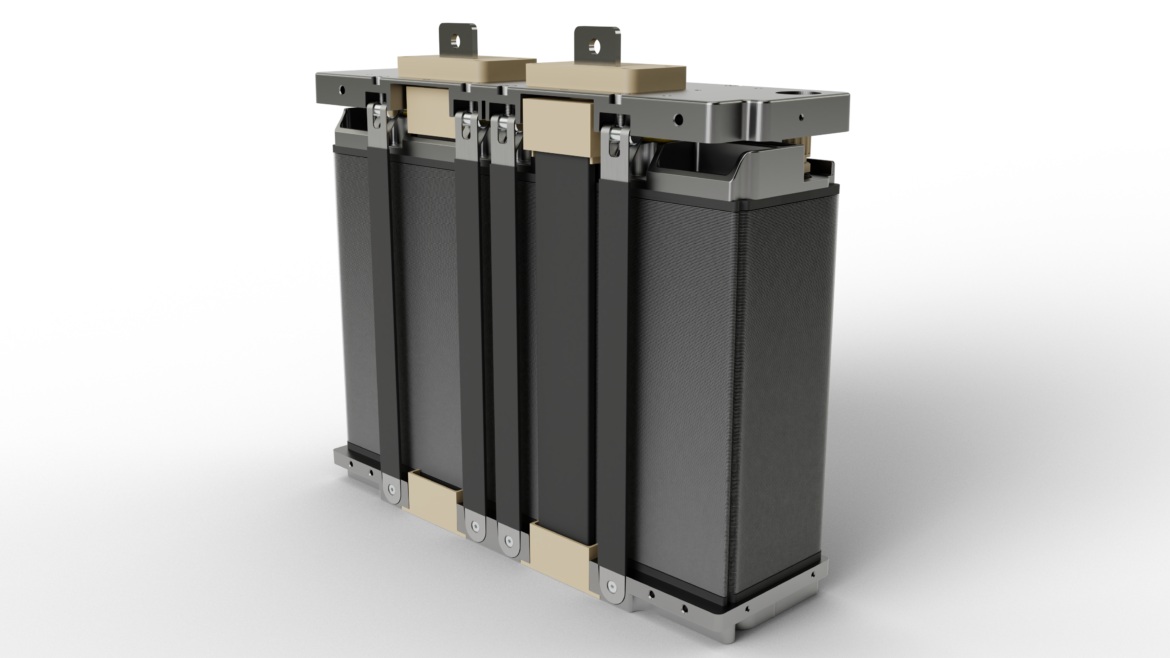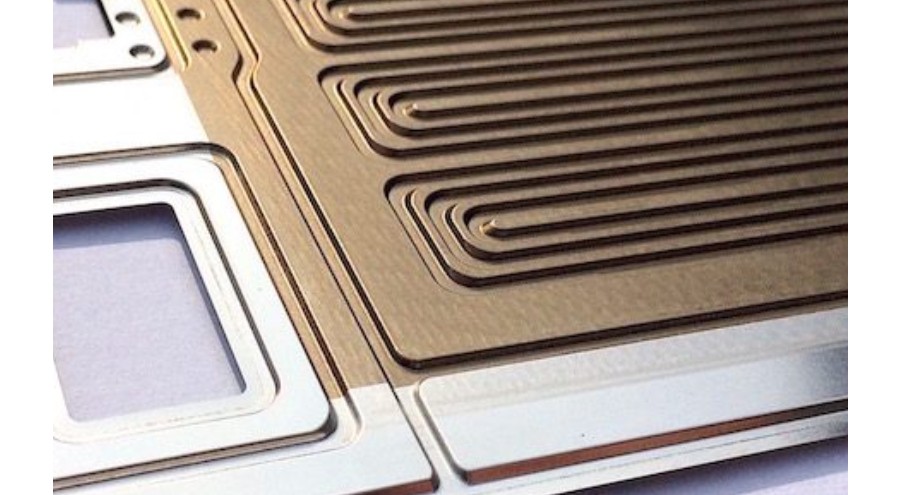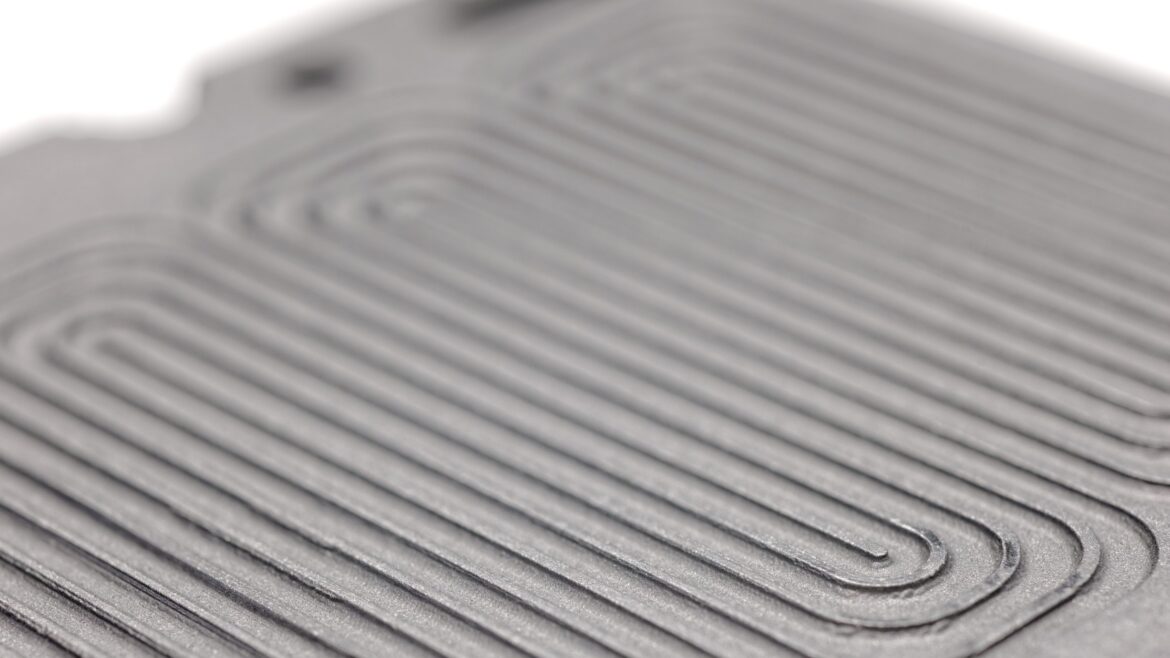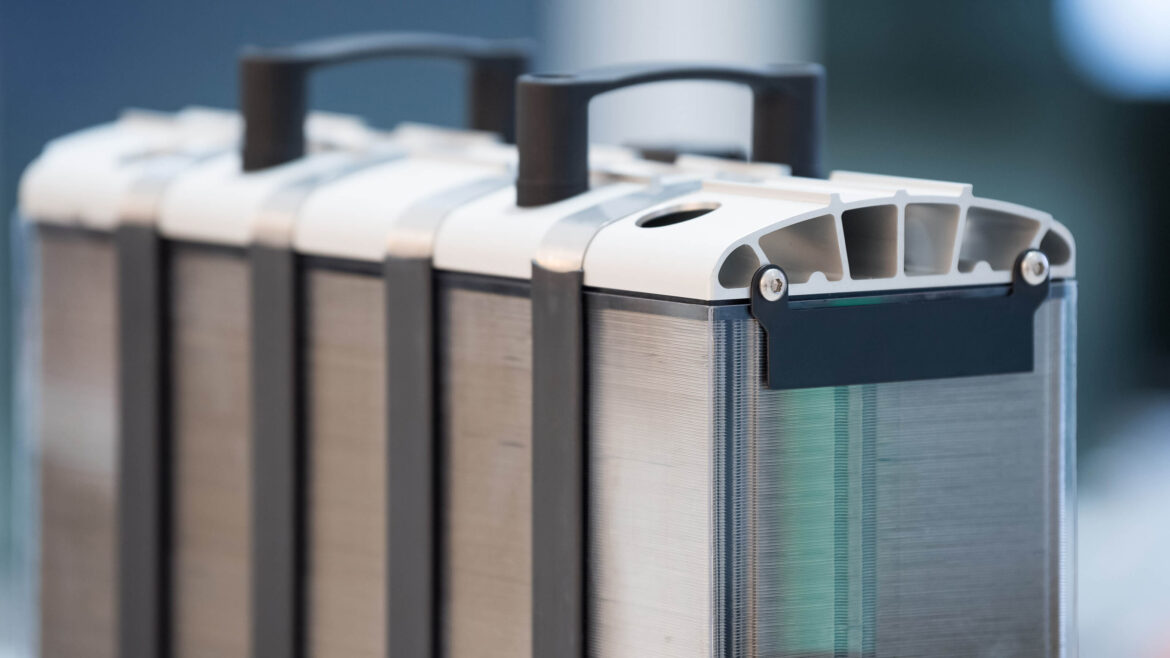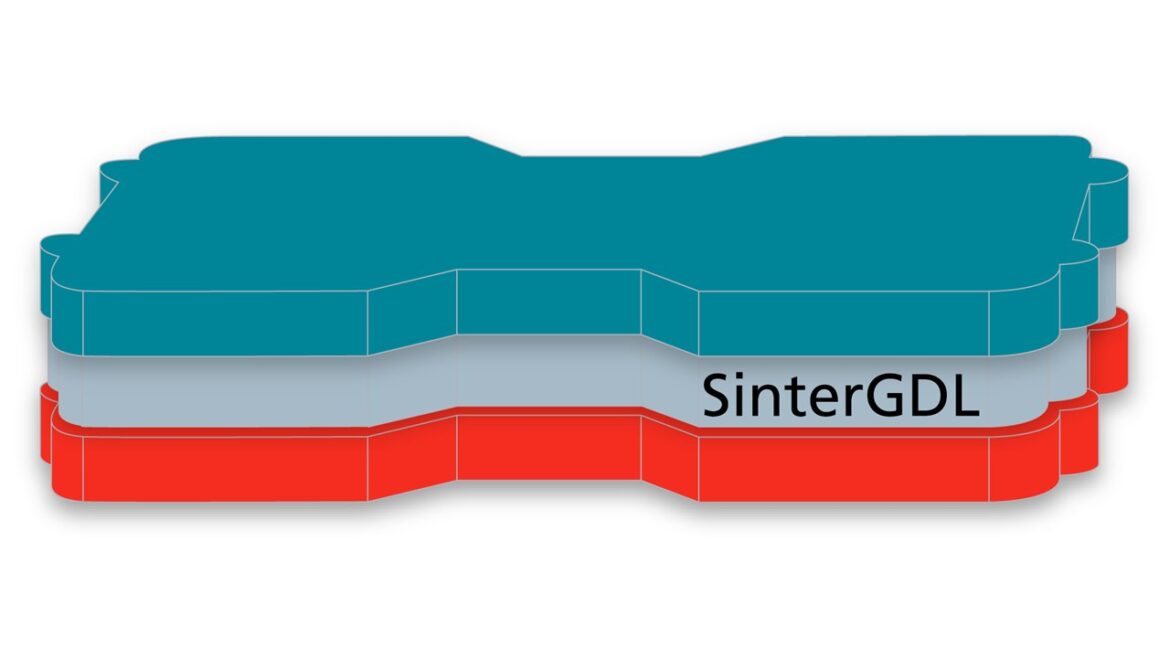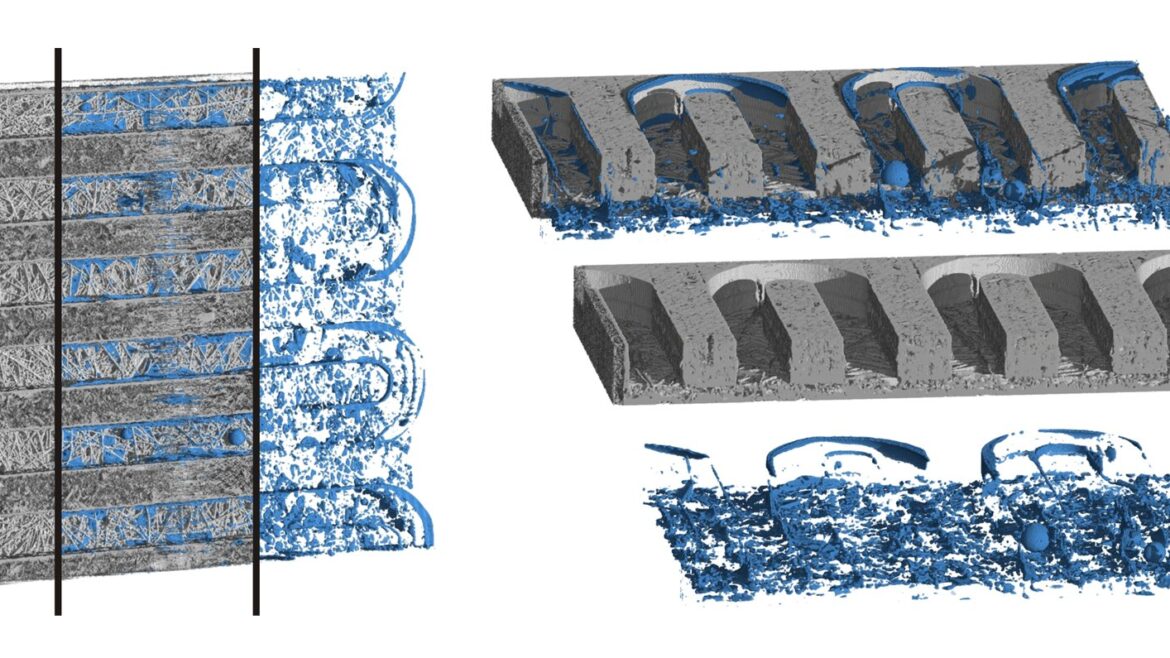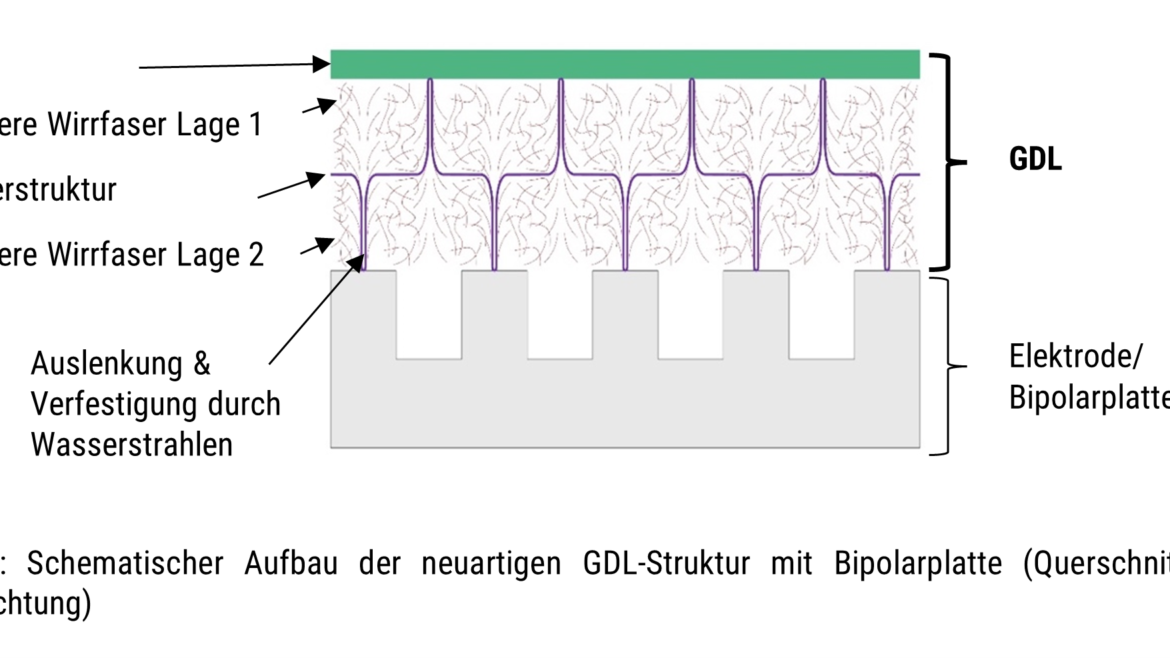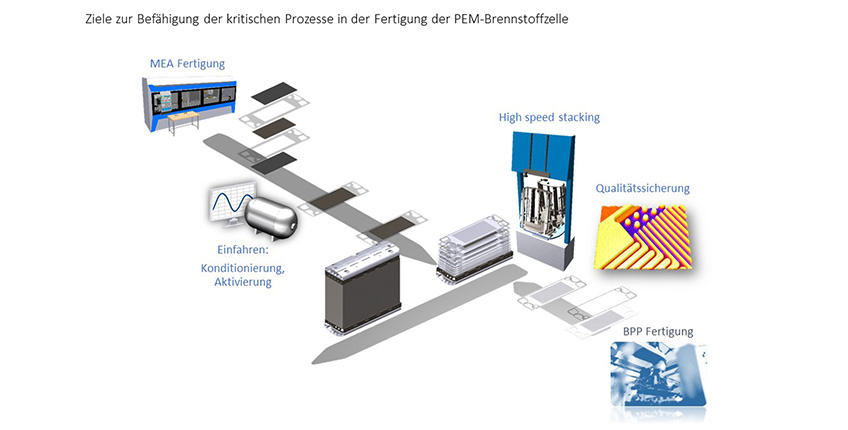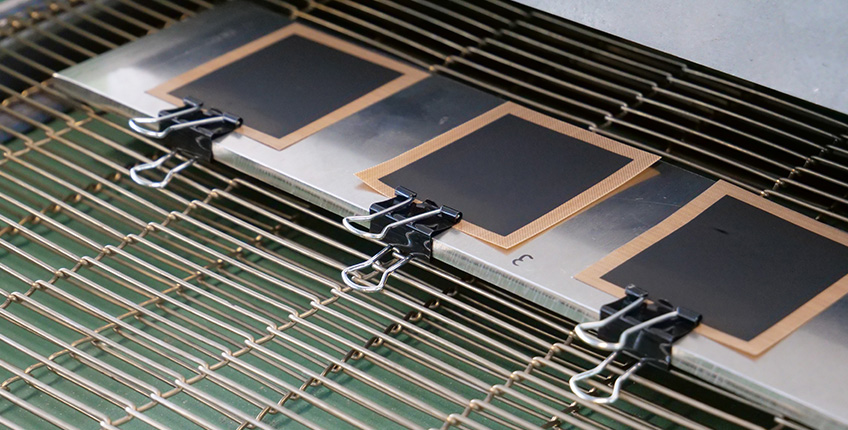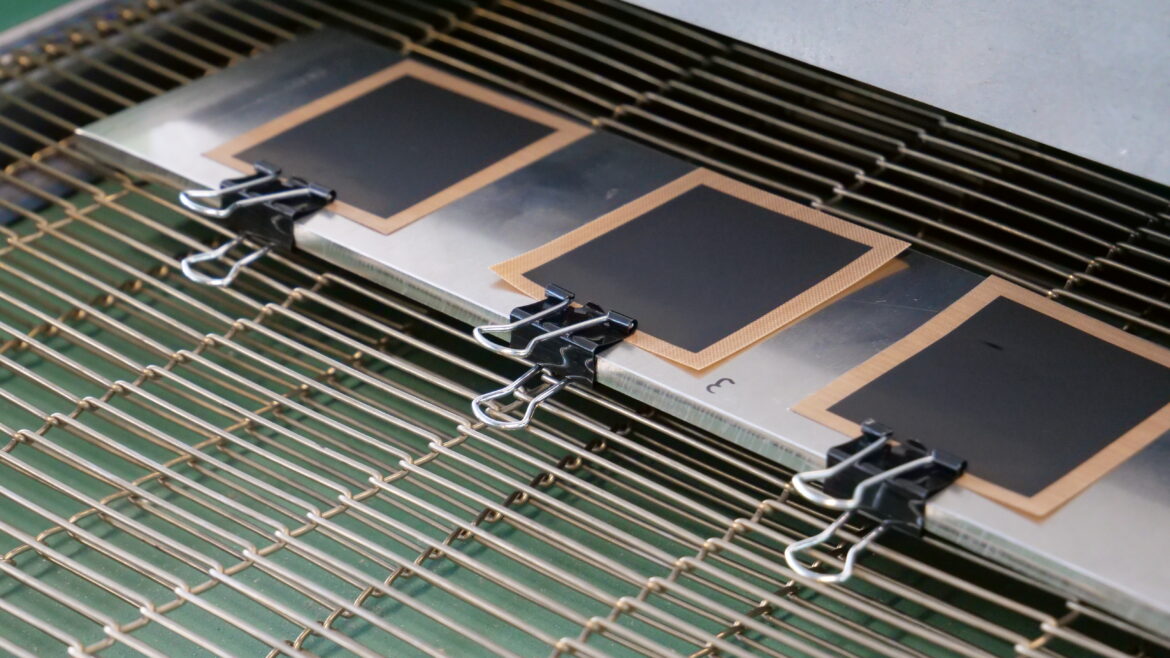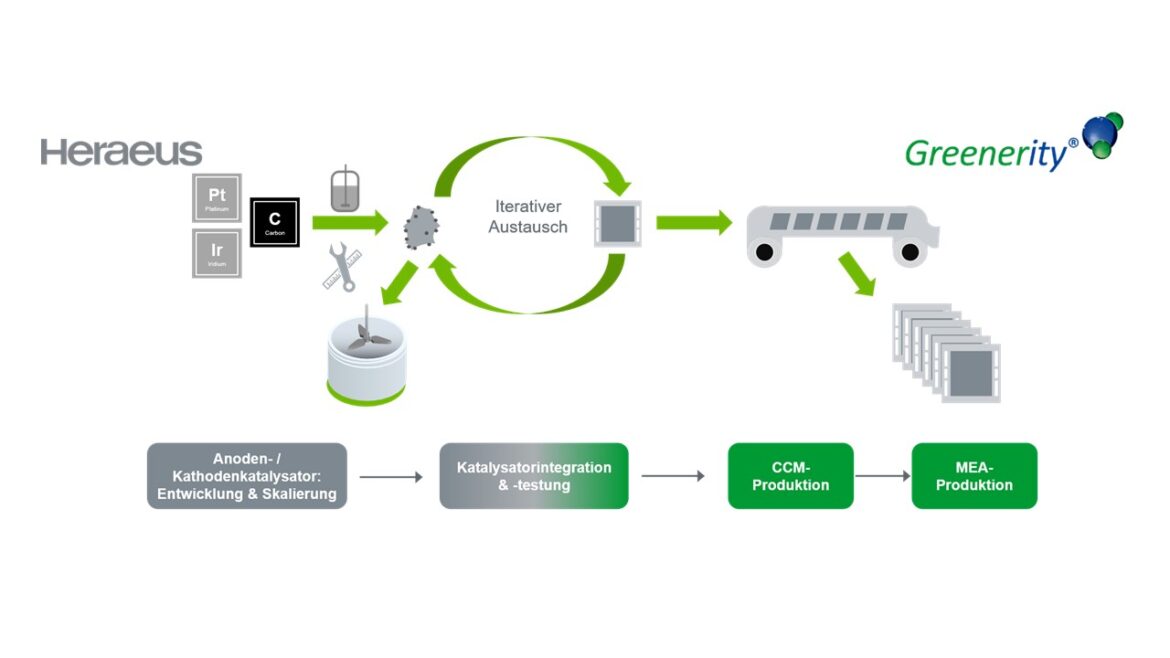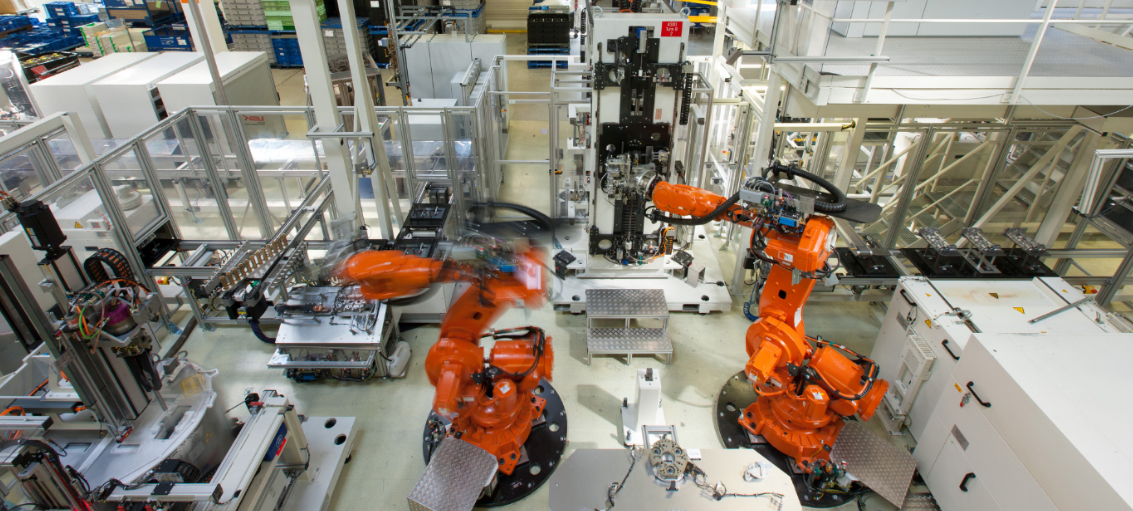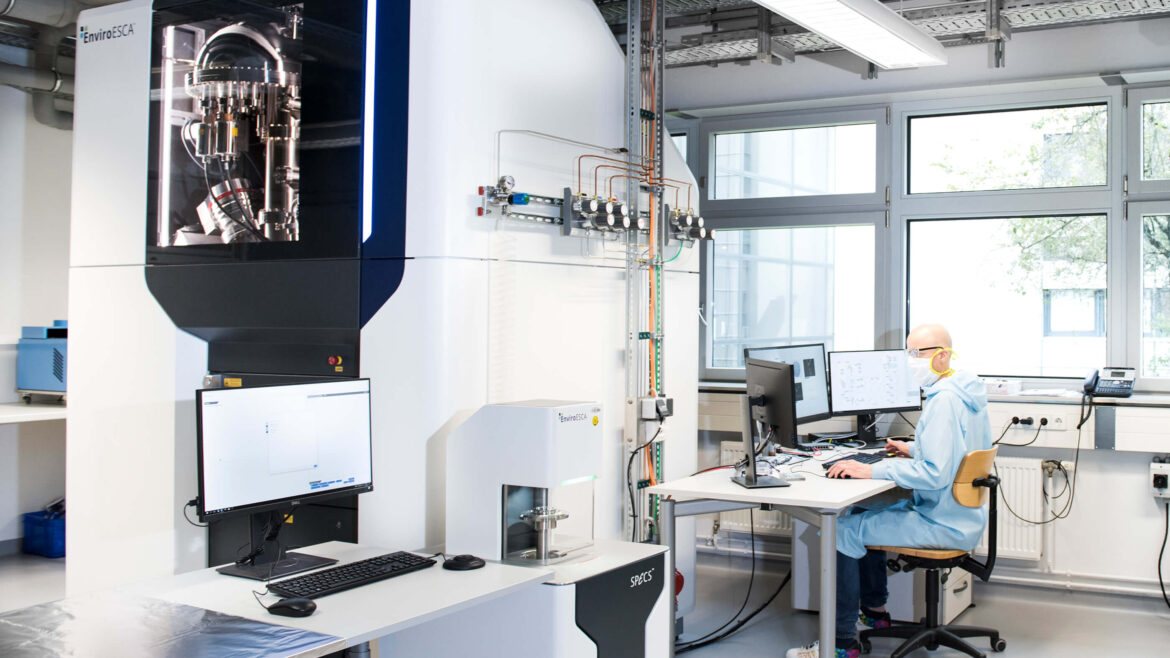The central element and heart of any fuel cell system is the fuel cell stack, which is composed of the repetitive single cells. These repetitive cell units consist of the following components: bipolar plates (BBP); gas diffusion layers (GDL); membrane electrode assemblies (MEA); and seals. These are surrounded by the so-called Balance of Stack (BOS) components and comprise the stack. In order to bring the cost of fuel cell systems to a level suitable for series production and to achieve the highest performance levels, each individual component must be better understood and continuously improved. For this purpose, it is necessary to investigate the suitability and properties of materials and the manufacturing technologies required for processing. In particular, aspects of industrial production, which ensure significantly cheaper and faster production while maintaining high quality standards, are the focus of research and development work.
Bipolar plates (BPP) serve several purposes in a fuel cell and for this reason must possess special properties. They enclose the individual cells, ensure media transport, and dissipate the current. To achieve the required electrical conductivity, airtightness, mechanical stability, and corrosion resistance, BPPs have so far been made of coated metals or carbon-containing materials. In order to move from discontinuous production with low production numbers to continuous and fully automated production, intensive research and development work is required. The projects focus on aspects of material suitability, as well as the manufacturing processes for forming, separating, joining, leak testing, and handling of the individual BPPs.
Gas diffusion layers (GDL) represent the interface between the media supply via the bipolar plate (BPP) and the catalyst on the MEA. They ensure a steady and uniform supply of reactants to the catalyst layer, as well as the removal of the resulting products. To meet these requirements, both hydrophobic and hydrophilic properties are needed simultaneously. With the goal of realizing the highest possible performance and lifetime, research and development for GDLs is concerned with the materials used, their functionalization, and the manufacturing technologies.
The electrochemical reactions of the fuel cell take place at the membrane electrode assembly (MEA), which consists of the half-cell separating membrane and the applied catalyst layer. With the material composition, the catalysts, and their structure, it is therefore largely responsible for the performance and service life of the fuel cell. Research and development work at the MEA is primarily concerned with the optimization of the material and structural composition, the associated optimization of performance and service life, and the development of manufacturing processes with a view to scaling up production.
Seals themselves do not represent an active component in fuel cells. Nevertheless, they are needed for reliable operation and highest efficiency of fuel cells. Even under heavy load and constant use, the airtightness of the system must be guaranteed to ensure safety and prevent system failures.

